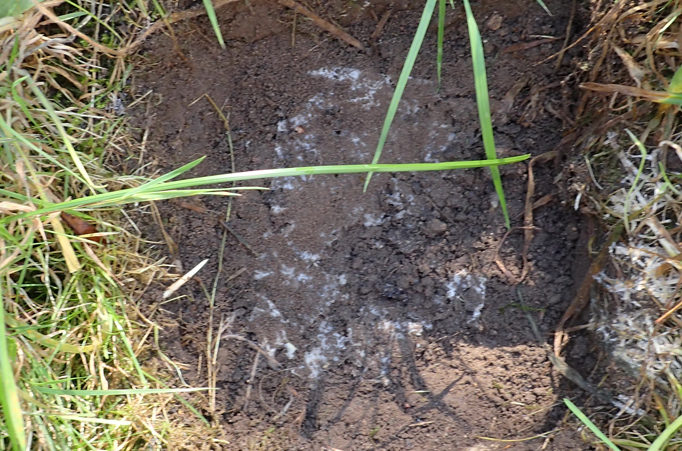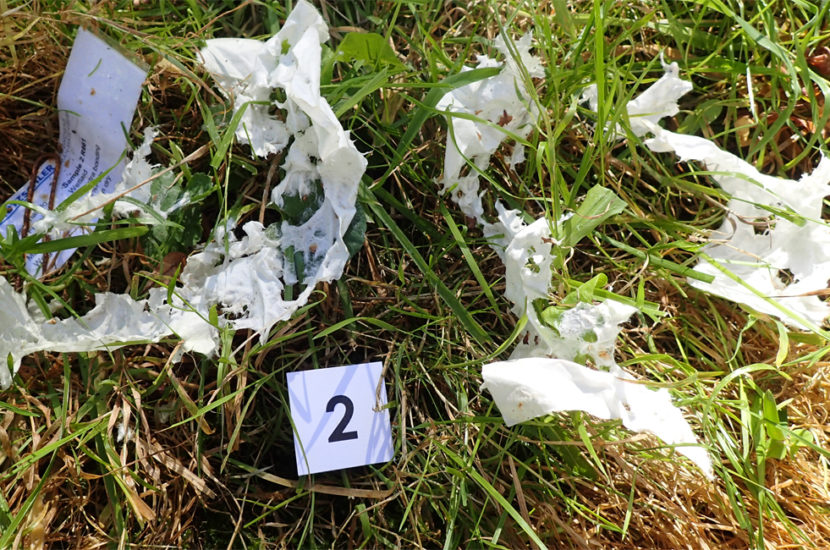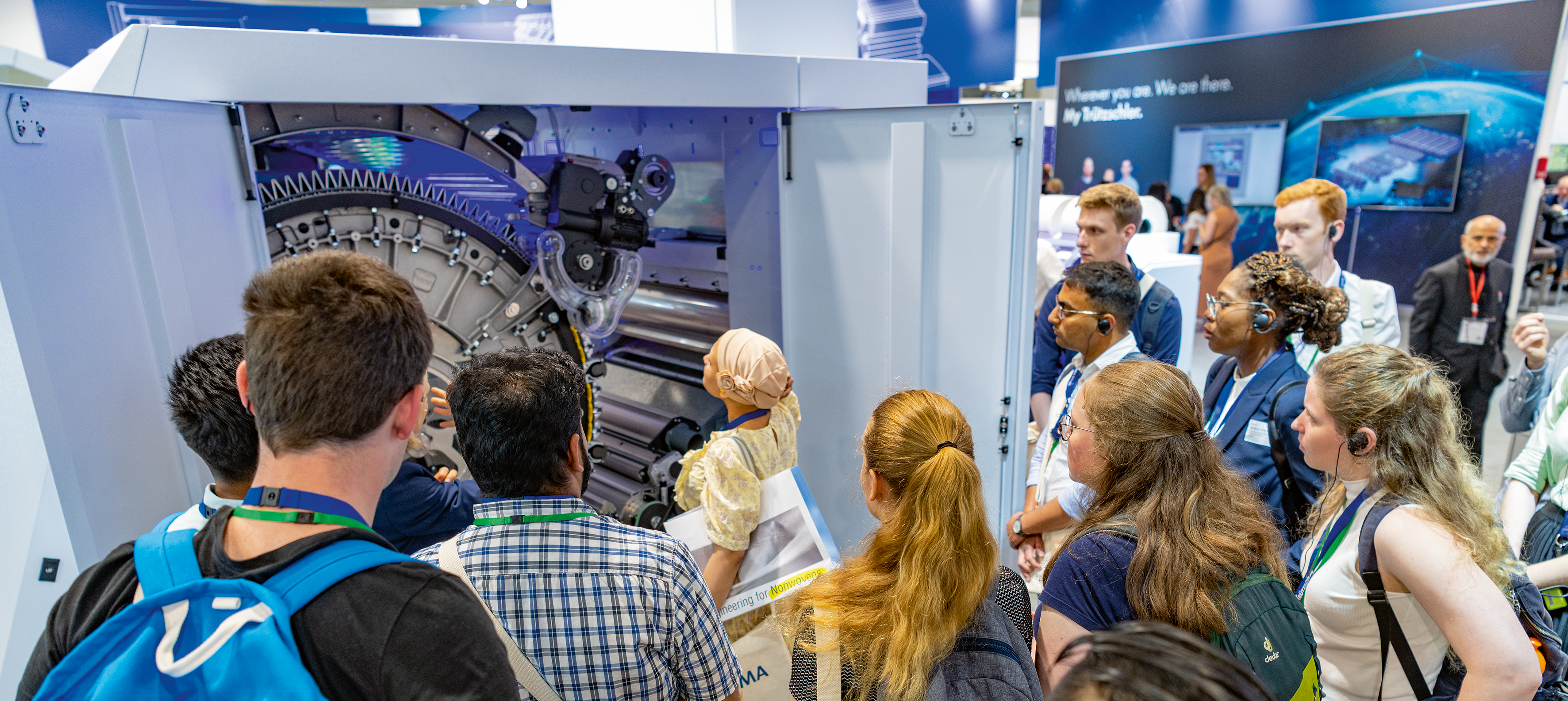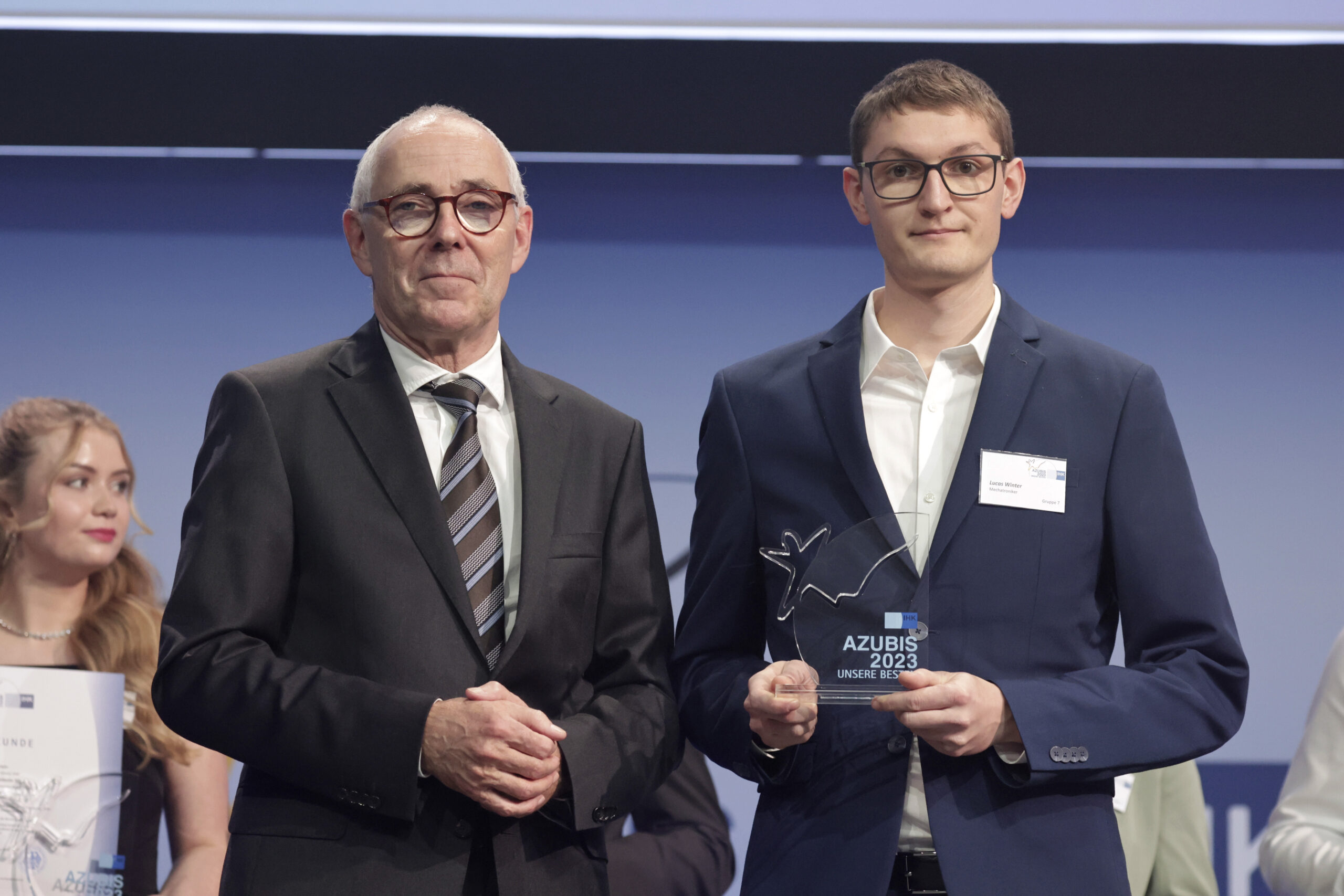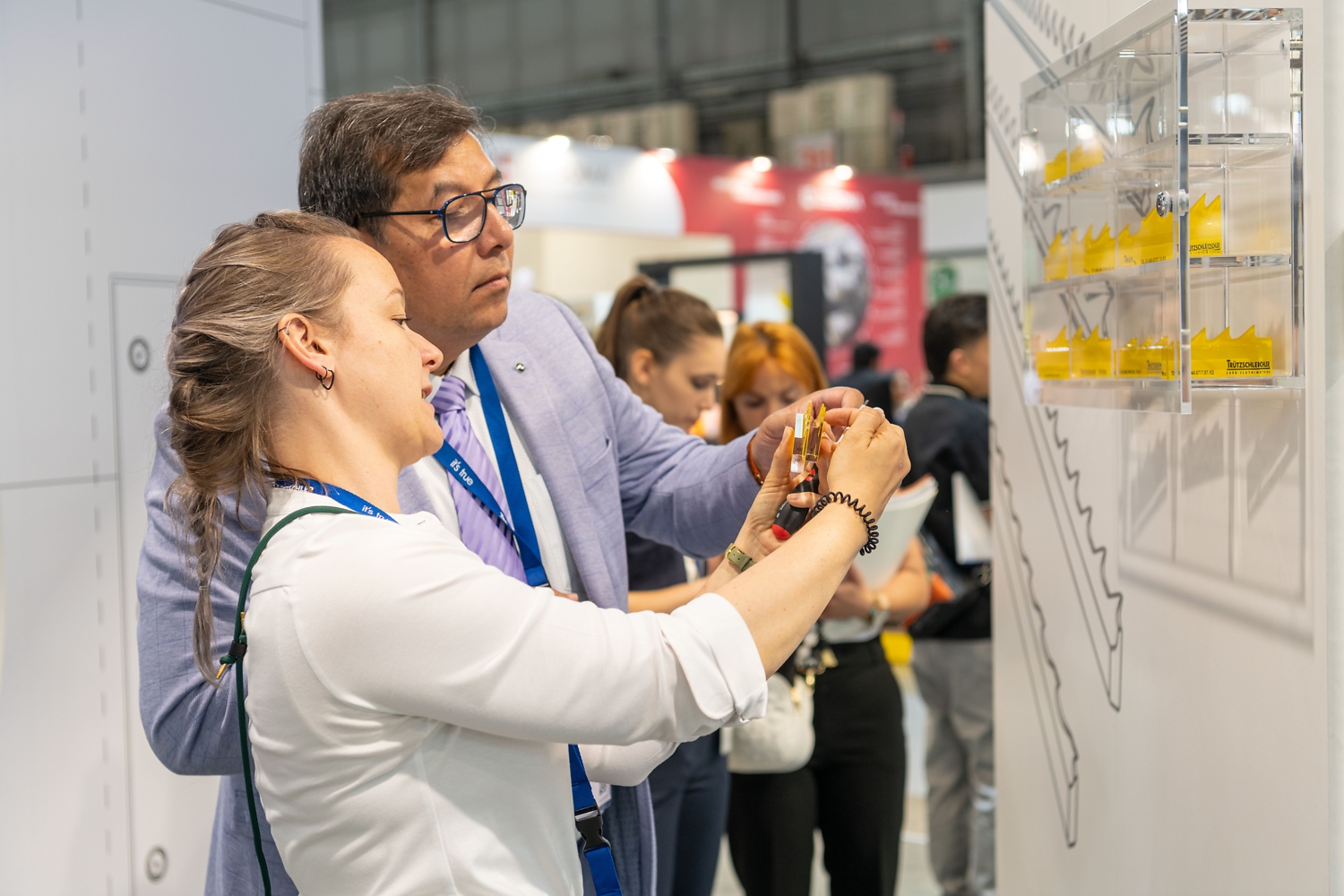Two weeks passed since the last post, in our experiment it’s already 4 weeks later. It has been hot weather most of the time but there also was a heavy gale in Egelsbach. The streets were closed due to fallen trees, our site suffered but our lawn was untouched.
The buried samples show the first signs of decay: bacteria did a good job on all the natural fiber and pulp samples. Only pieces are left – biodegration started. Not only microorganisms are interested in the samples, earthworms and snails are visiting too. The samples on the lawn are still intact except the unbonded pulp sample S02. A heavy rain shredded it.
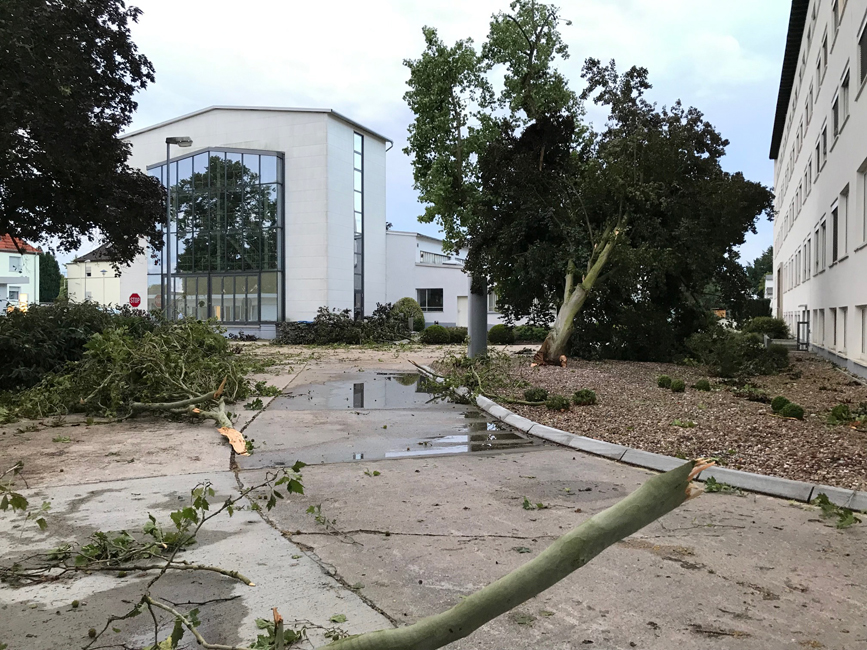
Truetzschler Nonwovens’ devastated Egelsbach site
First words on biodegradation
Let’s start with the basics: what is biodegradation and why is it important in the nonwovens field?
Today’s environmental pollution has a face: plastic-pollution. The problem is that conventional plastics – such as polypropylene or polyethylene therephthalate (polyester) – stay intact over a long time until finally breaking down into tiny particles – the so called micro plastics. These plastics will be in the environment for centuries and micro plastics already entered the food chain.
Thrown-away organic products on the other hand biodegrade. They decay and will be literally „eaten up“ by microorganisms – only natural gases, water, mineral salts and biomass remain. Biodegradation is a natural process, it’s duration being influenced by light, water, oxygen and temperature.
So cotton fibers, wood pulp and even viscose fibers biodegrade in natural environments. Polymer-based fibers not. Even the bio-polymer PLA does not biodegrade but it can be composted. We’ll talk about composting later.
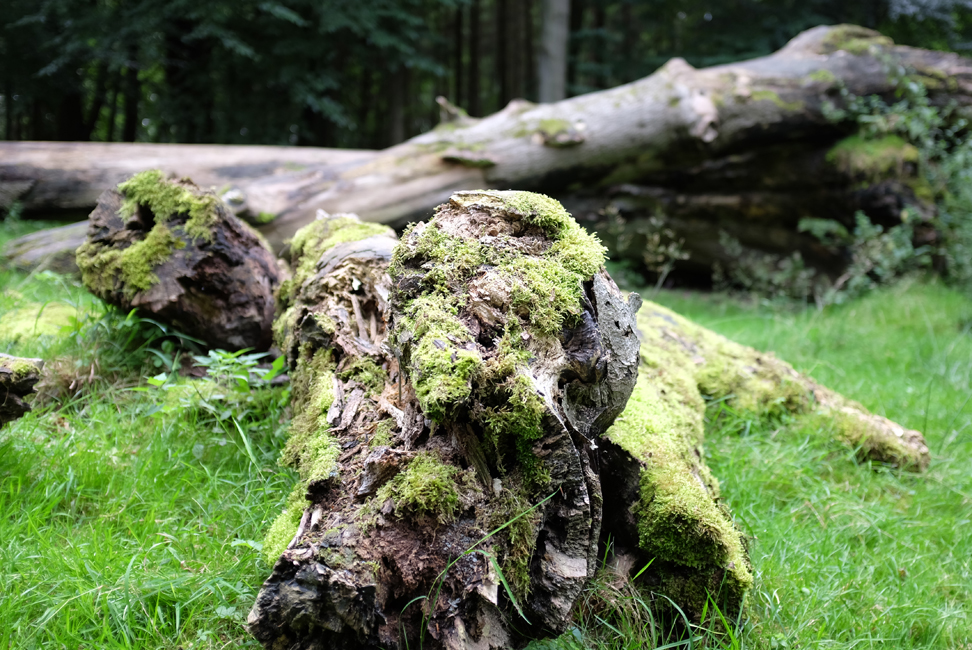
Biodegradation in progress
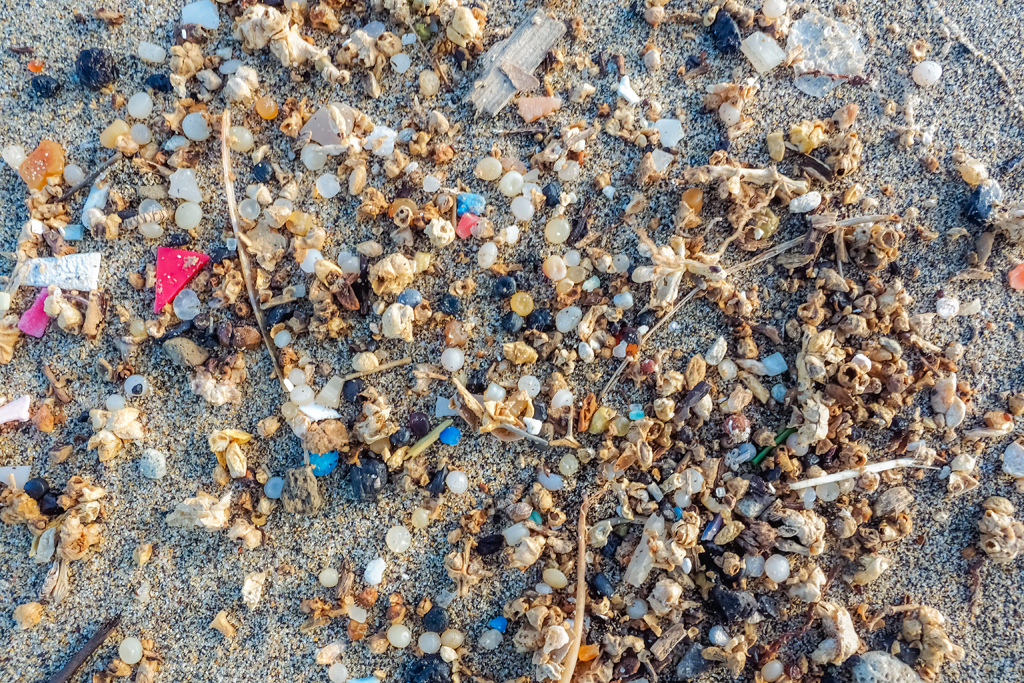
Broken-down plastics stay in the Environment.
